As digital payment systems become more widespread, many grocery stores are phasing out cash slowly — and sometimes not so subtly. This trend, driven by speed, convenience, and pandemic-era shifts, is becoming more common in both high-end chains and everyday supermarkets. While some consumers embrace the tech-forward changes, others are frustrated by the move away from traditional payment methods. Here are 14 grocery chains in the U.S. making it increasingly difficult to use cash in 2025.
1. Whole Foods Market
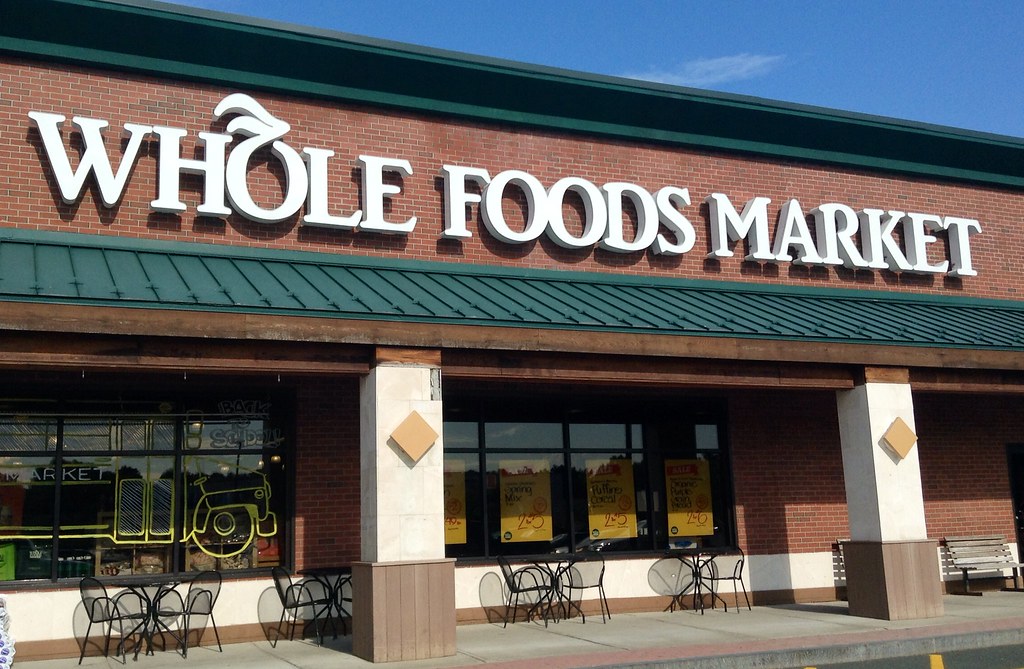
According to The New York Times, Whole Foods has steadily expanded its Amazon-backed cashierless “Just Walk Out” technology in select locations across the U.S. While some stores still accept cash, the push toward digital-only options means fewer staffed registers and more self-checkout stations. This can discourage cash users who either feel rushed or simply don’t want to deal with the tech. Customers who rely on SNAP or prefer paying with cash are feeling increasingly squeezed out.
Whole Foods’ move toward biometric scanning and app-based checkout systems also reinforces the digital shift. Several newer locations no longer include cash drawers at every lane. Staff are being trained to troubleshoot card-only kiosks instead of handling physical money. For many regular shoppers, the message is clear: bring a phone or card, or shop somewhere else.
2. Amazon Fresh
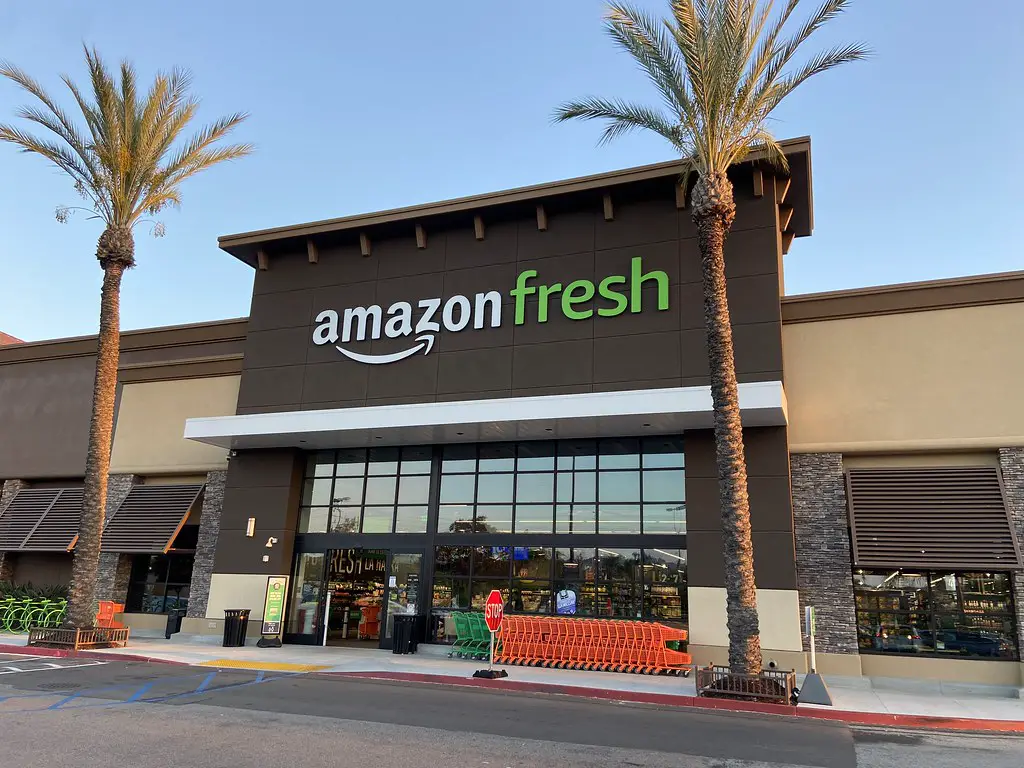
As noted by The Verge, Amazon Fresh locations are among the most aggressive adopters of cashless infrastructure. Although some cities and states legally require cash acceptance, Amazon Fresh continues pushing smart cart and app-based systems that sideline traditional payments. The stores are designed with minimal staffed checkout, pushing customers toward seamless, card-only exits. For those unfamiliar with the system, paying in cash means standing in line at the few remaining manned registers — if any exist.
The emphasis on automation and speed means less patience for cash-related delays. Many regulars have noticed that cash transactions now require management approval or cause hold-ups. As a result, some customers feel discouraged from using anything but digital options. And while Amazon says it complies with local regulations, shoppers often feel that cash, while technically allowed, is practically unwelcome.
3. Trader Joe’s
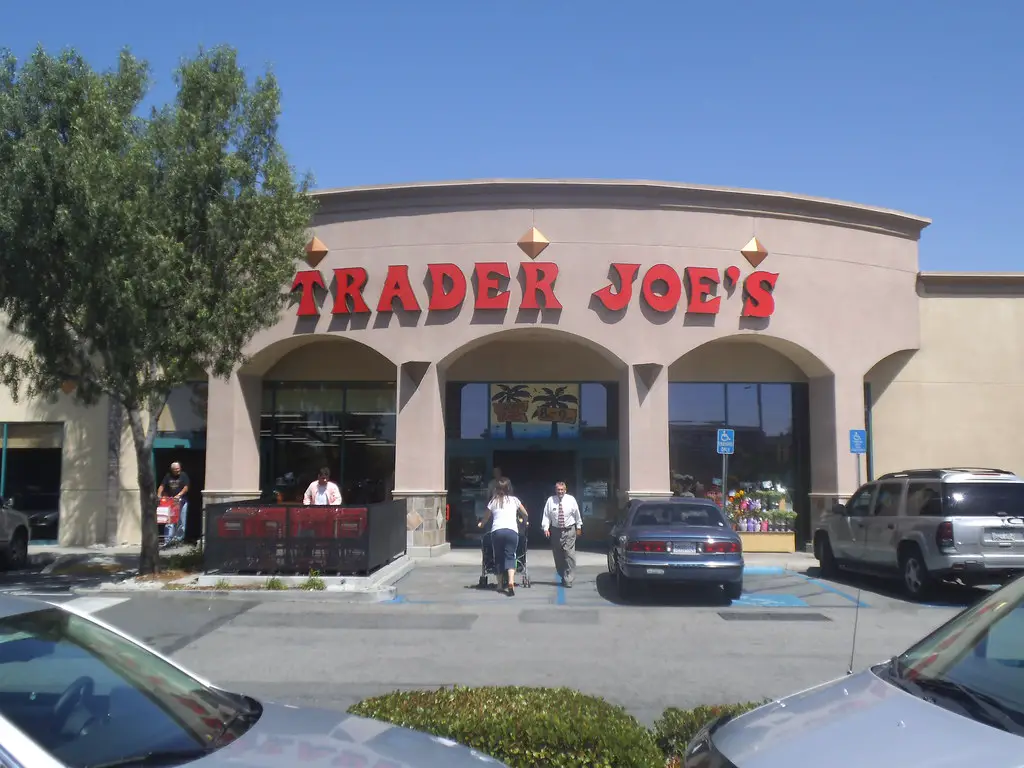
According to CNBC, Trader Joe’s has maintained a more traditional grocery experience, but even they are subtly nudging customers toward cashless. More stores are adding card-only express lanes and fewer regular lanes that handle cash efficiently. Some shoppers report longer wait times when paying with bills, and even light hints from staff to “go contactless next time.” While the company isn’t fully phasing out cash, they are clearly prioritizing digital options.
Behind the scenes, stores are investing in updated POS systems that process cards and tap payments much faster than cash. Many shoppers have picked up on subtle signage that encourages use of Apple Pay, Google Wallet, and major credit cards. As younger demographics favor quick, mobile-based checkouts, cash becomes less convenient. Though not banned, it’s increasingly sidelined.
4. Sprouts Farmers Market
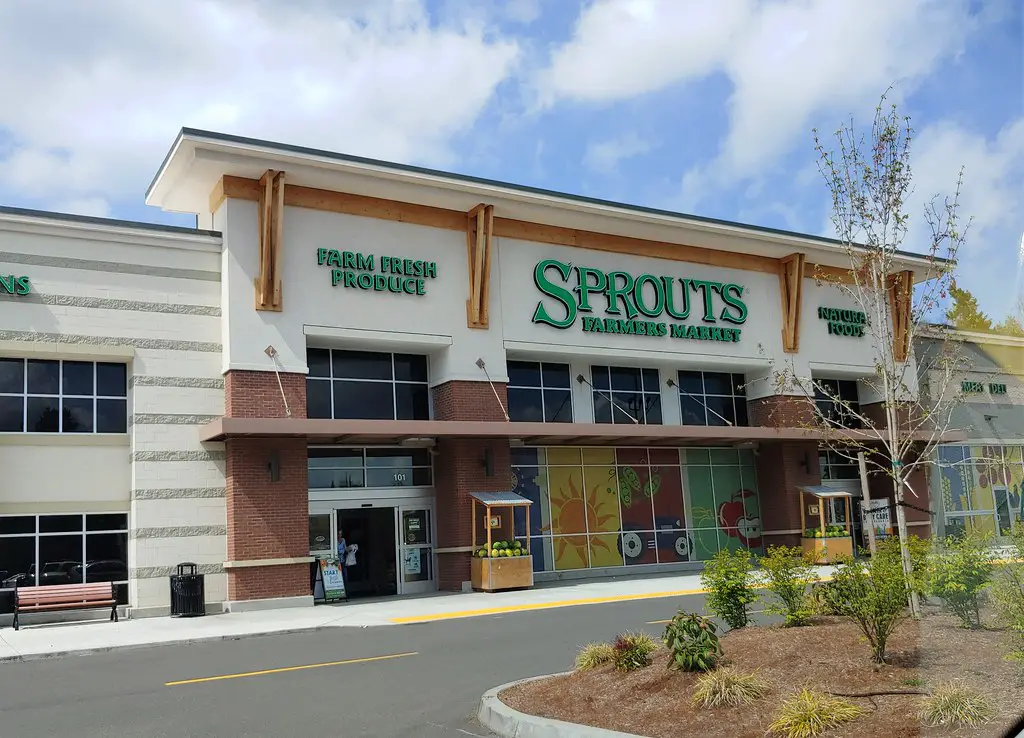
As reported by Bloomberg, Sprouts is among the chains modernizing rapidly — and that includes a strong preference for cashless transactions. The newer store formats feature fewer checkout lanes overall and more self-service kiosks that prioritize debit and credit cards. In several high-volume locations, cash acceptance has been relegated to a single terminal. This means longer lines and slower service for anyone paying with cash.
Sprouts also trains its staff to encourage faster payments, often suggesting card use for “quicker service.” Customers say they’ve been offered incentives for using tap-to-pay options, including occasional digital coupons. While cash is still technically accepted, the infrastructure discourages it. And for those without cards or digital wallets, the experience can feel downright inconvenient.
5. Wegmans
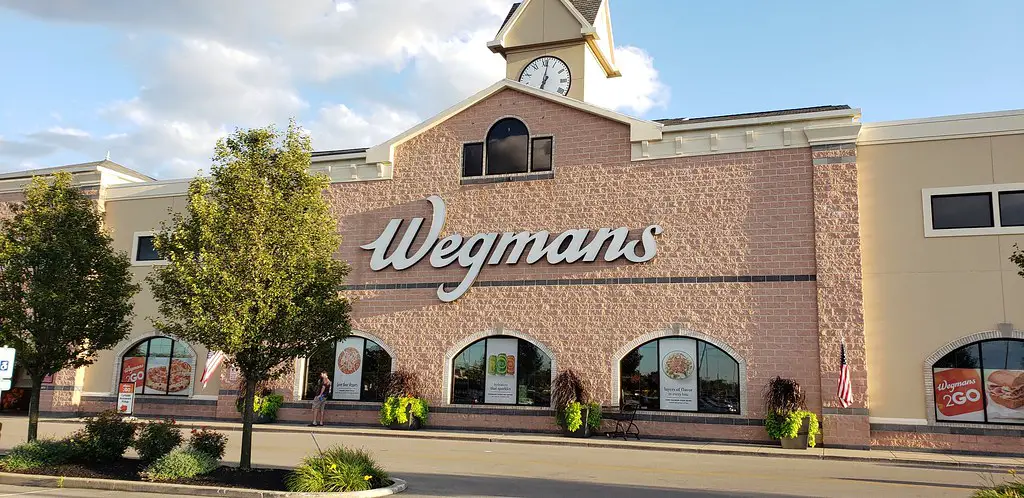
Wegmans has modernized its checkout experience by rolling out more self-checkout lanes that prioritize card and mobile payments. While cash is still accepted, several locations have reduced the number of staffed registers during peak hours. Customers who prefer cash sometimes find themselves funneled into longer lines while faster-moving card users breeze through. The company’s focus on efficiency indirectly pushes many shoppers to go digital.
Wegmans has also embraced contactless technology more aggressively since the pandemic. The messaging throughout the store — both on signage and receipts — subtly promotes card and app use. For some shoppers, especially seniors, the transition has been frustrating. While Wegmans doesn’t ban cash, the entire checkout environment makes it less appealing.
6. Kroger
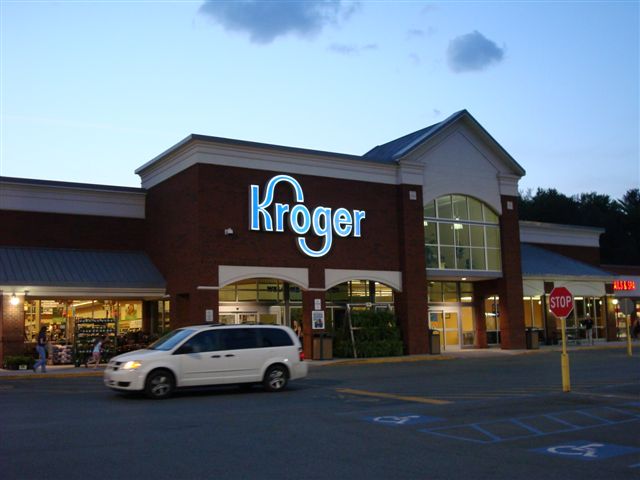
Kroger has dramatically expanded its self-checkout zones and even introduced “Scan, Bag, Go” systems in some stores, where cash is not an option. Though staffed lanes still exist, employees sometimes direct customers toward self-checkout even if they’re paying with bills. In busy locations, this can create confusion or long waits for cash transactions. Some frequent shoppers have noticed staff urging customers to load funds onto a Kroger app instead.
Kroger’s digital strategy appears to center on speed and labor efficiency. Encouraging mobile payments and card use fits that model, even if it means sidelining cash users. The gap between digital and traditional checkout options is widening. Cash might not be banned, but it’s clearly becoming second tier.
7. Aldi
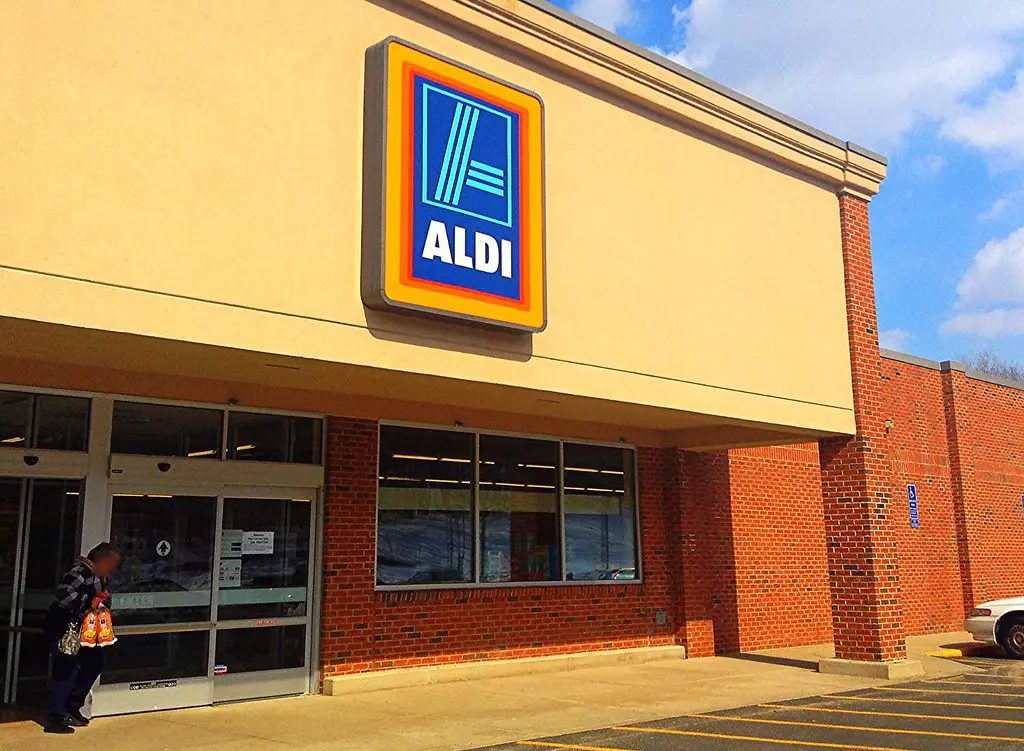
Aldi has long emphasized efficiency, and that now extends to payment preferences. While cash is accepted at most locations, the setup at checkout often favors cardholders with faster, simpler POS terminals. Some newer stores have eliminated one or more cash-handling lanes entirely. Customers who ask to pay with bills often wait longer or need supervisor approval.
The chain frequently advertises mobile payment compatibility in-store. Some locations even post signage that reads “tap to pay preferred,” subtly shifting behavior. In practice, cash users now have a slower, more cumbersome checkout experience. Aldi hasn’t banned cash — but it’s doing little to support it.
8. Publix
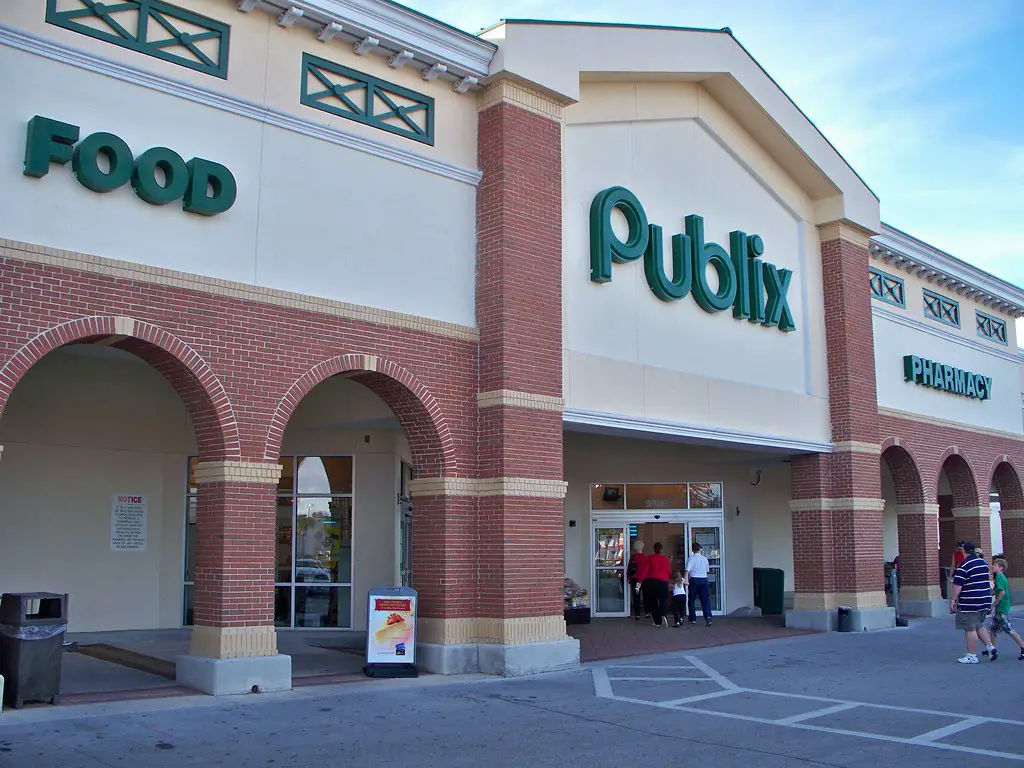
Publix still offers cash payment, but has embraced contactless tech with enthusiasm in 2025. Many stores have upgraded their payment terminals to prioritize mobile wallets and chip cards. Some locations now direct customers to use self-checkout if paying by card, while cash users are funneled into just one open lane. The difference in speed and convenience is becoming more pronounced.
Publix customers have also reported that cash transactions can take longer due to updated anti-counterfeit protocols. Employees are trained to inspect large bills more carefully, adding time. Combined with incentives for digital checkout, this discourages regular use of cash. Many shoppers now default to card payments simply to avoid the hassle.
9. H-E-B
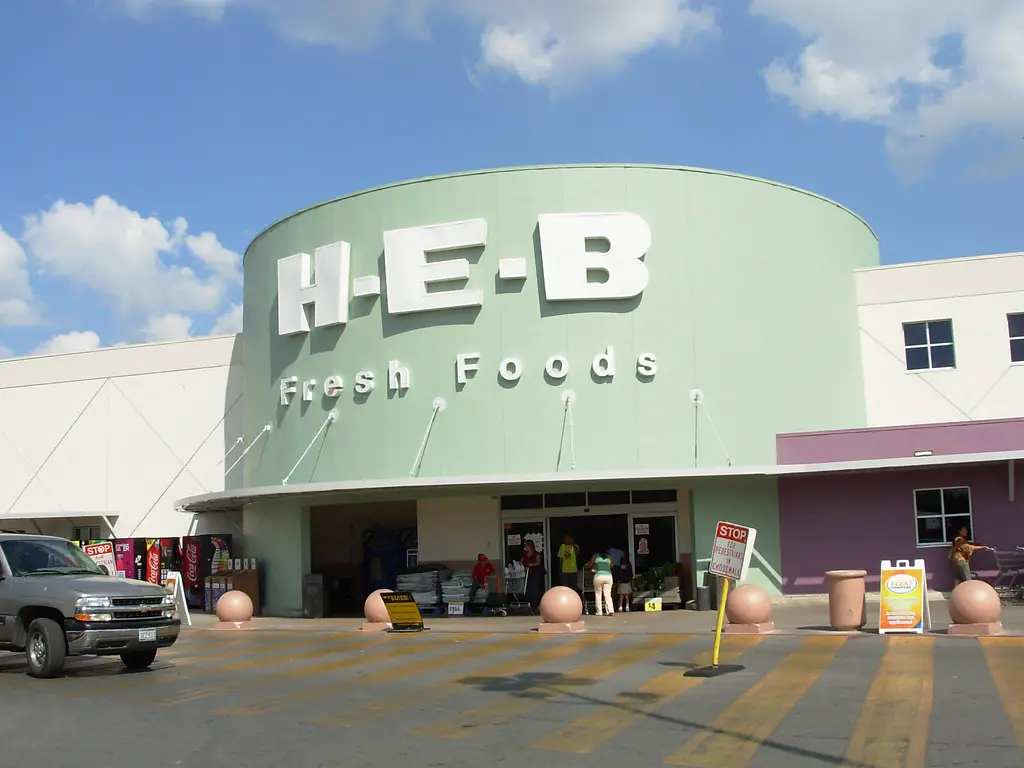
At H-E-B, card readers and tap-to-pay terminals are now standard across all checkout lanes. Self-checkout systems — which don’t accept cash — are becoming more common, especially in urban locations. Cash-using customers are left with fewer options and longer lines. Some employees have started steering shoppers toward the digital lanes for “a faster experience.”
H-E-B isn’t outright banning cash, but the layout and staffing make its use more inconvenient. Customers say that using cash feels old-fashioned in these newly renovated stores. Meanwhile, app users can earn rewards and skip lines altogether. The writing is on the wall for those not ready to go cashless.
10. Giant Food
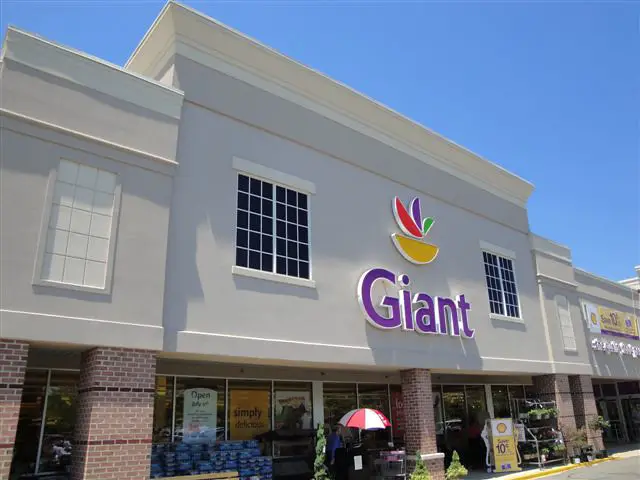
Giant Food has heavily leaned into self-checkout, which often restricts or eliminates cash use. Staffed registers are available, but in fewer numbers than in years past. Some customers report that their stores now push digital options even for small purchases. Promotional signs and screens repeatedly advertise the speed of contactless payments.
Employees are also instructed to help customers set up mobile wallets or loyalty apps. For cash users, that attention can feel like pressure to conform. In busy stores, this often leads to frustration when cash lines grow longer. While technically optional, digital payments are now the norm.
11. Meijer
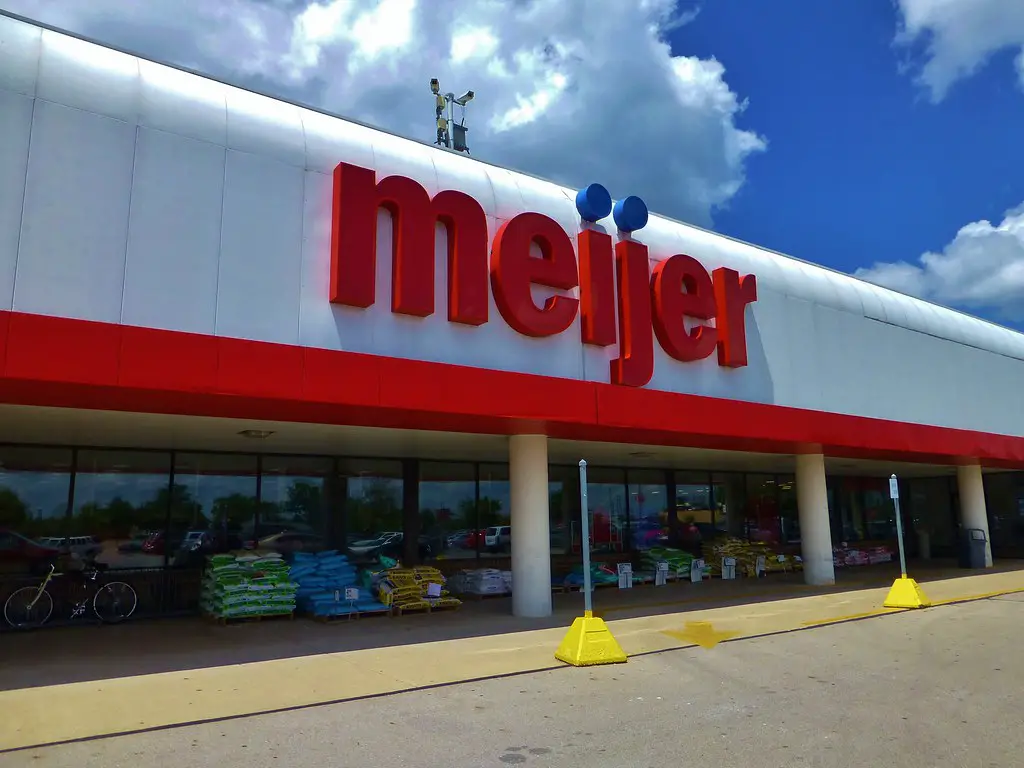
Meijer has modernized its checkout experience with expanded digital options, including app-based coupons and Apple Pay compatibility. Cash is accepted, but the number of cash-handling lanes has decreased. Self-checkout systems are widespread and often don’t accommodate bills or coins. The setup clearly prioritizes digital and card users.
Employees frequently remind customers of the “speed advantage” offered by tap-to-pay. Some Meijer stores have even added signage to discourage use of large bills. For time-pressed shoppers, the message is clear: go digital, or prepare to wait. That creates a natural incentive to move away from cash altogether.
12. Safeway

Safeway has ramped up its investment in digital infrastructure. While cash is still taken at staffed registers, more lanes are being replaced by card-only self-checkout. Several locations now require staff intervention for any cash transaction over a set amount. Shoppers say this adds time and hassle compared to card users.
In addition, Safeway’s app now allows mobile pay and order tracking, giving card users an efficiency advantage. As more promotions are tied to digital use, cash payers find themselves missing out. Although the company hasn’t announced plans to go fully cashless, its investments speak volumes. Cash is being slowly nudged aside.
13. Harris Teeter
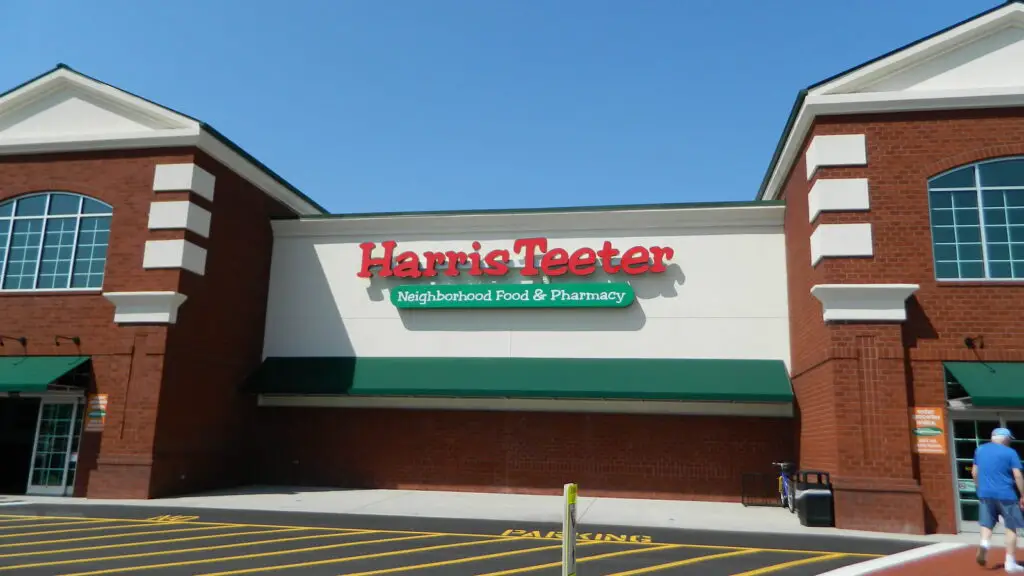
Harris Teeter is another regional chain leaning into the contactless model. More stores are encouraging tap payments and digital wallets through signage and staff interactions. Customers who use cash often report slower lanes and fewer options. Staff sometimes suggest faster alternatives when bills are pulled out.
Loyalty perks are also tied to app use, making cash less appealing. The company hasn’t eliminated cash but offers little incentive to use it. This slow shift is reshaping habits, especially among younger shoppers. As 2025 continues, the trend seems likely to grow.
14. Save Mart
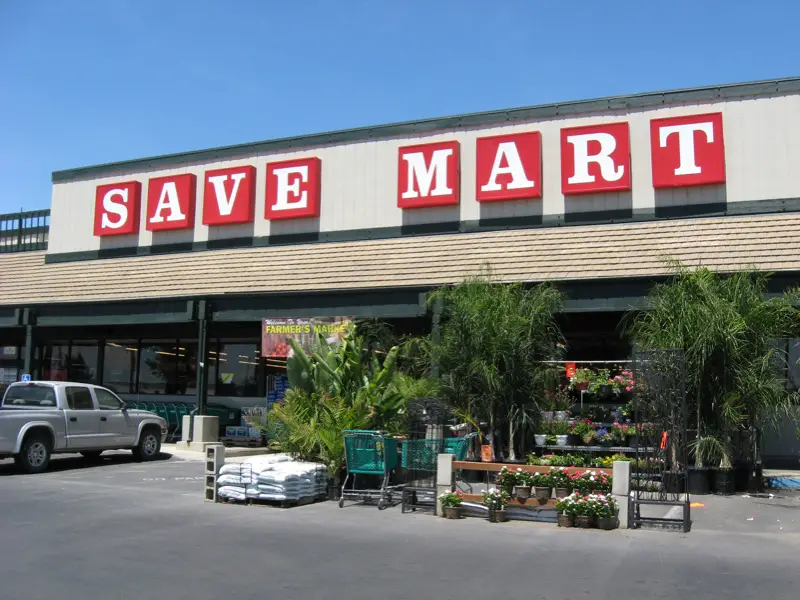
Save Mart has quietly modernized many of its checkout setups. Cash is accepted, but many of the new self-checkout machines do not support it. Staffed lanes exist, but they’re less emphasized and sometimes closed during off-hours. That leaves cash users with fewer reliable options.
The chain has also rolled out more signage urging customers to “skip the line” with digital payments. Employees are trained to assist with mobile wallet setup rather than cash handling. Over time, these subtle cues accumulate. Cash, while not forbidden, is certainly being phased out in favor of digital convenience.
